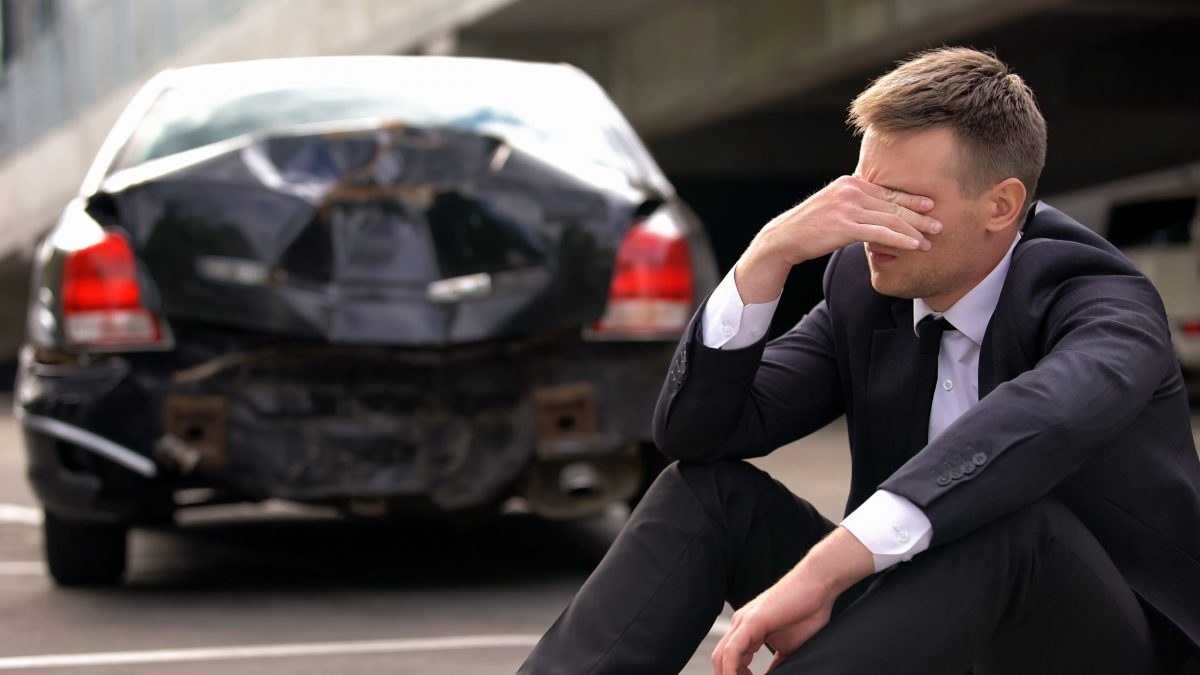
Rebalance: tipping the scales towards nature
February 27, 2021
How to Keep Toxins Out of Your Home
February 28, 2021While being in a car accident can be devastating, your case can be even more complicated if you hit another car from behind. In most cases, conventional wisdom states that the driver at the back is always at fault, and this is true in most scenarios.
However, this might not be true in other cases where both drivers were in the wrong, or the driver in front is at fault. Read on to learn how rear-end traffic accidents are solved in different states.
State Traffic Laws
There are mainly two laws that govern the conduct of rear-end drivers in many states. The first law relates to basic speed that compels all drivers to maintain stipulated speeds in different zones. The rule states that every driver should maintain a safe distance from the car ahead of him. Most rear-end crashes are caused by a driver who fails to follow these road rules.
No-Fault/Doubt Car Accident Liability
In certain types of accidents, one driver is always 99% at fault. In such a situation, the insurance companies will not waste time arguing about which driver is responsible for the crash. In such a situation, the insurers will immediately settle the case. In some instances, it is hardly your fault if you are hit from behind when you stop your car. Basic road rules stipulate that any driver should be able to stop their vehicle safely if the traffic ahead suddenly stops. A rear crash means that the driver behind is not driving safely.
Determining Liability in Rear-end Accident
The vehicle damage usually proves how the accident happened. One car with a damaged front end and another vehicle with rear-end damage clearly indicate which driver struck the other. Proving liability, in this case, might not be challenging, although the rear driver may have a claim against another driver (for instance, one who crashed into him from behind, forcing him into the car in front).
More importantly, many states observe the two-second rule concerning trailing distances. You can click here to get more details about the two seconds of distance that you should maintain between your car and the one in front of you. If you follow the rule, you should have ample time to brake if the vehicle in front of you suddenly stops. This rule is scientifically proven to be effective, and it might be difficult to dispute it.
Exceptions to No-doubt Liability Rule
There are exceptions to the two-second rule and the trailing distance rule when you are involved in an accident. The law can place part of the fault on the driver in front of you. For instance, if the driver ahead of you dangerously maneuvers, swerving to the next lane or reversing on a highway or at a stop sign, they could be partially or fully responsible for the accident. Such actions together with distracted driving can lead to rear-end crashes and can be avoided.
Additionally, if you drive a car with a defect, such as broken stop lights, you will be responsible for causing the accident. The motorist at the back may not be able to tell if the driver in front is braking. If you fail to activate your hazard lights when you experience a breakdown like a flat tire, you may also be held liable for the accident if you are hit from behind. Drunk driving is another non-negotiable offense. In most cases, driving under the influence of alcohol leads to poor judgment, and this can cause rear-end crashes.
Comparative Negligence
If both drivers are at fault, in some states, the rule of comparative negligence is invoked. In such a situation, neither of the two drivers would recover damages for the accident, as they would be considered equally responsible. However, if one driver is found to be less than 50 percent at fault, that party can sue for damages.
The other party will try to prove that you are at fault and the lawyers will push this through. This is why you need to consult with a good traffic lawyer to prove that your fault in less than the other party involved. Evidence gathering can become an important factor that can help prove more negligence of the other party. This is the only way you will be able to get a compensation in this kind of a lawsuit.
Navigating the Rear-end Accident Lawsuit
Proving liability in a rear-end collision can be difficult, since you may need a lot of evidence to show that the driver at the back was negligent. This is when you need to engage your accident attorney to help you navigate the lawsuit if you are interested in getting the benefits that you deserve. Accident lawyers have experience in handling various car crashes, and they can help you prove fault when you are hit from behind.
Rear-end accidents are common, and in most cases, the driver at the back is liable for causing the crash. In all states, there are Rules of the Road that govern the conduct of all motorists, though these rules might vary from state to state. Each driver is responsible for maintaining a safe distance when they are trailing other vehicles. Drivers should also observe the two-second rule to avoid hitting the vehicle in front. However, there are exceptions that stipulate the driver behind might not be at fault. For instance, if the front driver fails to observe the traffic rules, they may be held liable for causing the accident.





